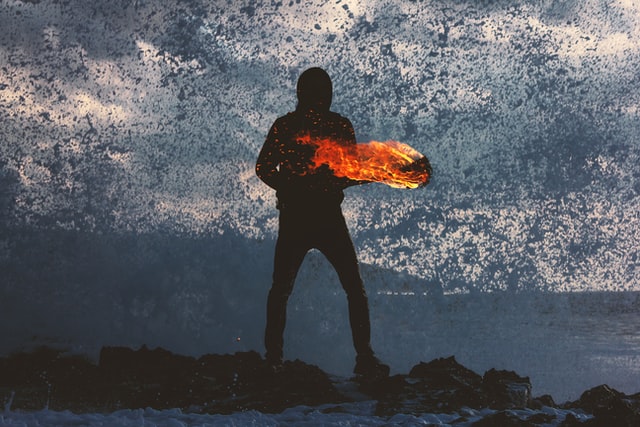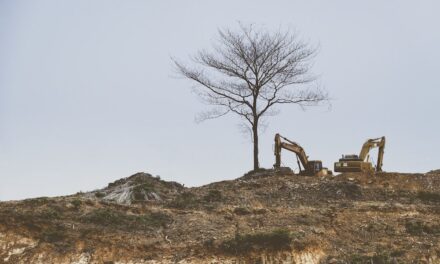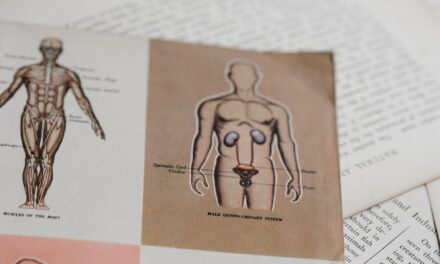Assistant Editor Taylor Byas: Jaclyn Dwyer’s “Hotshot” (Issue 18.1) is a study of how to control a fire. But the fire in this poem comes in the form of an adult son quickly losing control of his life. What happens when a fire spreads too quickly, too far? Eventually, something must be ravaged in its wake.
One of this poem’s greatest strengths is the seamless way that Dwyer uses fire as a symbol for loved ones who burn everything they touch. The poem begins with the speaker’s mother comforting her friend, who is worried about her son’s risky and dangerous behavior. Dwyer immediately equates the son to a wildfire, writing, “Most wildfires ignite from human oversight, / but you can’t blame the mother.” And although we cannot blame the mother, Dwyer shows us how the mother fuels the son’s fire by allowing him to drink and smoke in her home, warning him of DUI checkpoints so he can avoid them, and paying fines he’s already acquired. Even though the mother believes she is doing the right thing, the speaker and her mother see a completely different story, one in which the mother is just another thing being burned in the son’s reckless path—the speaker’s mother “hangs thick curtains so / she doesn’t have to see him ash his mother’s hours / into the grass.”

About halfway through the poem, Dwyer pivots to consider alternative ways to deal with a fire that is out of control. “You must burn a control line / to keep the fire from spreading,” or “sometimes all you can do / is evacuate and document the carroty flare / pooling across the horizon,” Dwyer proposes. But a fire is nearly impossible to predict, and even the reader couldn’t guess the direction of the fire in the poem’s final fourth. Dwyer effortlessly transitions from talking about unpredictability of weather to the poem’s most tragic moment:
Even the experts never know what weather’s coming,
how much or when, as that boy failed to see
the car, our neighbor still a boy himself
behind the wheel that veered onto the lawn
to make him man and murderer in one fast crash.
The speaker of the poem recalls the moment that their neighbor John ended someone else’s life with his own drunk driving, providing an example of the sort of outcome the friend’s son could encounter. After the tragedy, John completely transformed. He brought up the neighbor’s trash cans from the curb, shoveled the neighbor’s walkway as it continued to snow in the winters. This image in particular, of John shoveling in the snow, feels especially poignant, as the snowfall feels like the final extinguishing of a fire that raged for so long. In the poem’s final lines, the speaker contemplates John’s sorrow, wonders what her mother could say to her friend to prevent her son from meeting a similar fate. “Perhaps she could say, / ‘You can’t fight fire with fire.’ Except, you can. / Sometimes that is the only way to end the blaze.”
The poem closes with the realization that sometimes a fire gets too hot and high for anything else to stop it. These final lines can also serve as a metaphor for addiction—sometimes the fire of it can only be put out with more fire, sometimes the addict must be burned to turn their life around. But no matter what puts it out, Dwyer reminds us that it is always impossible to restore what was scorched in its wake.
Taylor Byas is a Black Chicago native currently living in Cincinnati, Ohio, where she is now a third year PhD student and Yates scholar at the University of Cincinnati, and an assistant features editor for The Rumpus. She was the first place winner of both the Poetry Super Highway and the Frontier Poetry Award for New Poets Contests, and a finalist for the Frontier OPEN Prize. Her chapbook, Bloodwarm, is forthcoming from Variant Lit this summer.










